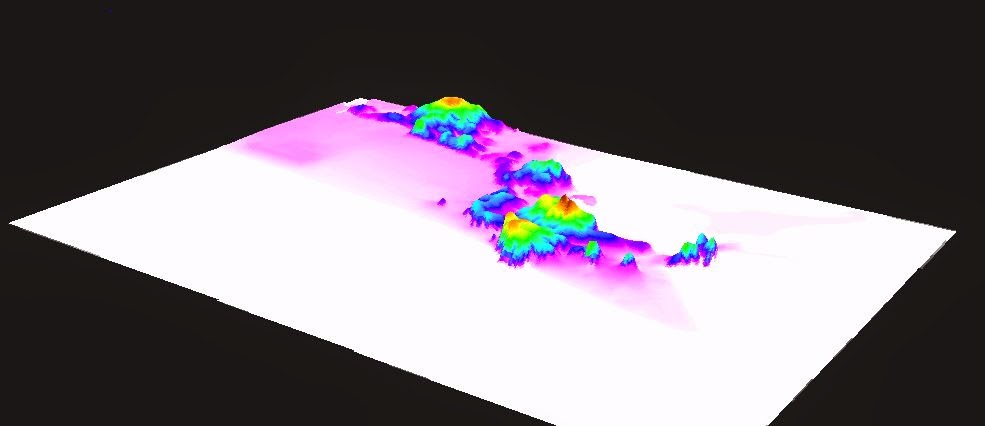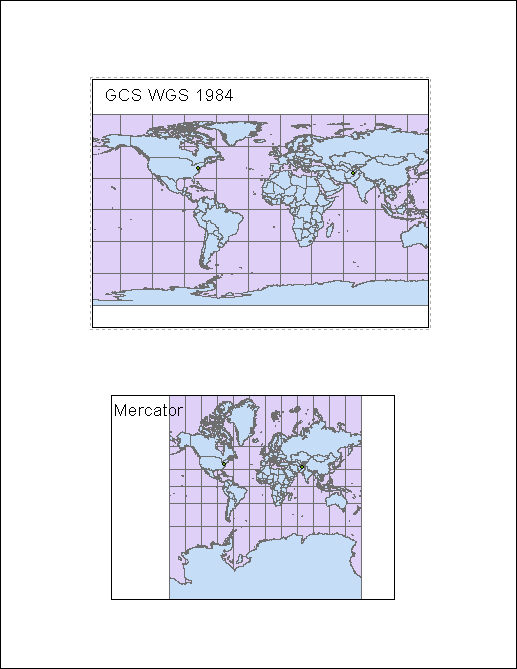As cited in a USGS report, “the area is frequently subject to brief torrential storms that result in floods of exceptionally high intensity” (Cannon et. al). These high intensity downpours can pose a significant problem to a slope that has recently been scarred by a fire. Two leading causes of debris flows are surface erosion caused by increased run-off, and soil saturation caused by prolonged rainfall. The most common of cause of slope failure is slope erosion caused by increased run-off (USGS). The frequent high intensity storm events in the San Gabriel Mountains coupled with the damage left by the Station fire in 2009 suggest this area is prone to mass-wasting events.
Debris flows in the San Gabriel Mountains are not uncommon events. As a result of the precarious nature of slopes and prevalence of wildfires in Southern California, this area has endured numerous flows throughout recent history. For instance:
On January 22, 1969 debris flows generated from basins burned the previous summer along the San Gabriel mountain front east of the La Crescenta–Montrose event enveloped buildings, poured through doors and windows, and surrounded the automobiles of the residents
attempting to flee the disaster (Cannon et. al)
Debris flow models produced by the United States Geological Survey following the 2009 Station fire predict that the slopes – in particular the steeper slopes - affected by the fire are more likely to undergo a failure. As expected, more intense rainfall events resulted in a higher likelihood of a debris- flow (Cannon et. al). Although this fire occurred recently, most of the debris flows associated with a fire happens within the two subsequent years (USGS). In the two years following a fire, vegetation has a chance to reestablish and add stability to a slope. Consequently, any current debris flows may not necessarily be attributed to the 2009 Station fire.
In summary, a positive correlation between debris-flows and wildfires undoubtedly exist. Through stripping a slope of vegetation, wildfires can decrease slope stability and increase run-off. Increased run-off can result in increased erosion of a slope. Erosion of a slope as a result of run-off is the leading cause of debris flows. As previously noted, the area affected by the 2009 station fire commonly endures intense rainfall which can increase the likelihood of a debris flow. Yet, any current debris flows are not likely associated with the 2009 station fire.
Works Cited
Cannon, S.H., Gartner, J.E., Rupert, M.G., Michael, J.A., Staley, D.M., and Worstell, B.B., 2010,Emergency assessment of postfire debris-flow hazards for the 2009 Station fire, San Gabriel
Mountains, southern California: U.S. Geological Survey Open–File Report 2009-1227, 27 p.
(Revised April 2010)
United States Geological Survey. Southern California- Wildfires and Debris Flows. n.p. Web. 10
March 2015.









